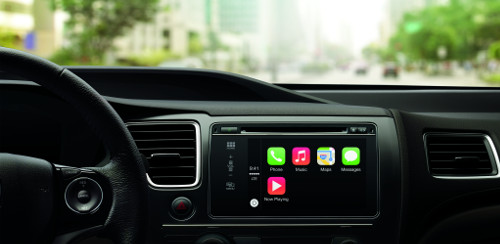
About 269 million consumers will have in-vehicle apps by 2018, a five-fold increase on last year’s estimate, according to research.
Growth is expected to be driven by the integration of in-vehicle technology, such as Apple’s CarPlay model, and as standardised approaches like MirrorLink is adopted by manufacturers, content providers and automotive entertainment specialists.
The report’s author, Anthony Cox, told CBR that only a small proportion will create revenues for their creators, despite their enhancements to driving experience.
"Services that may suffer are infotainment, for example, provided through an embedded module, since this can be provided effectively through a tethered smartphone," he explained.
"Most important, it makes it harder to charge lots of money for embedded services unless they go further than what is available through a tethered smartphone – this accounts for auto manufacturers seeking new business models."
However, the research found that regulatory initiatives, such as the eCall driver safety project, will guarantee the take-up of embedded telematics in several key geographical regions.
"eCall and similar projects mandate that the SIM is installed in the car for driver safety or security. This means that auto manufacturers have to install the SIM in any case, and since they are obliged to do so they can build further services on top of that SIM," said Cox.
The ability to split the telematics ‘bill’ pioneered by major operators, systems integrators and the GSMA, will also allow for granular billing of infotainment and other services," the research said.
This will take off as streaming and other services become available in developed markets through the adoption of LTE.
The report, ‘Connected Cars ~ Telematics at a Crossroads’, was released by Juniper Research, which provides research and analytical services for the tech sector.






